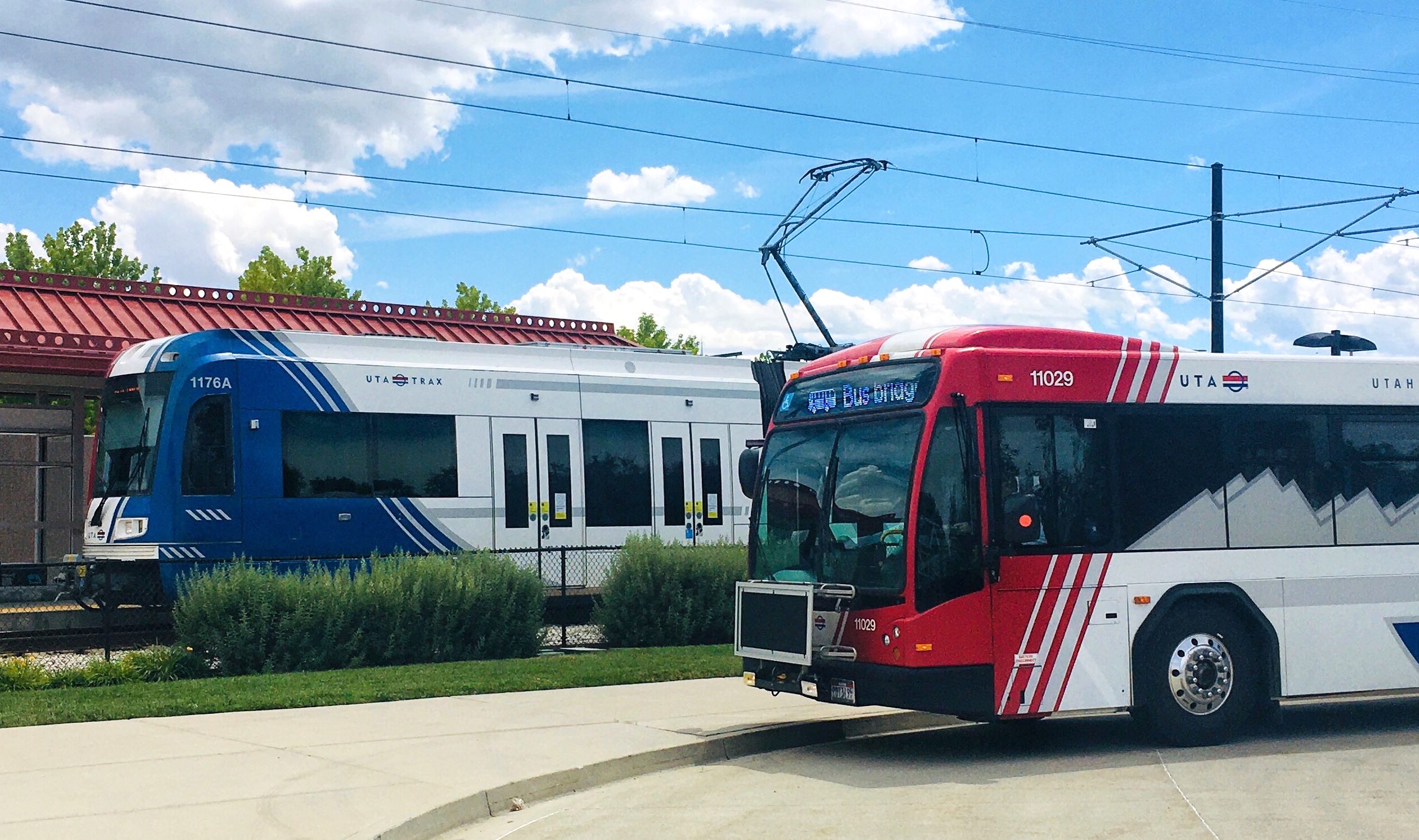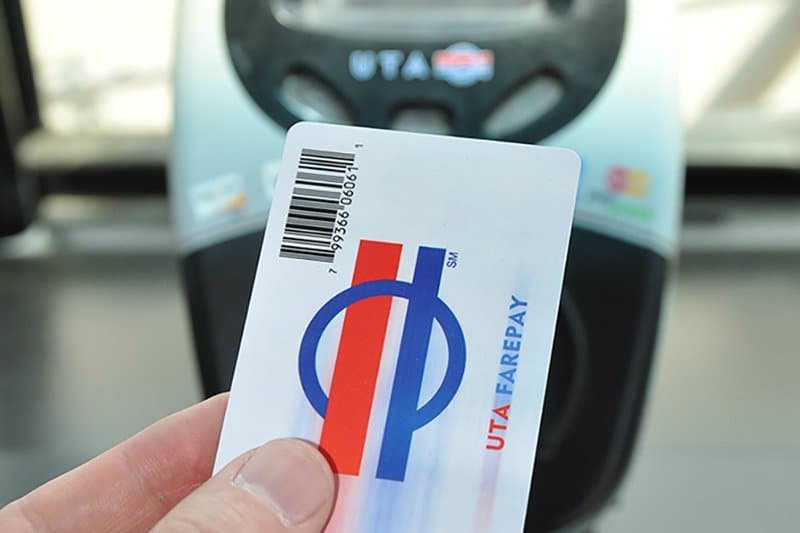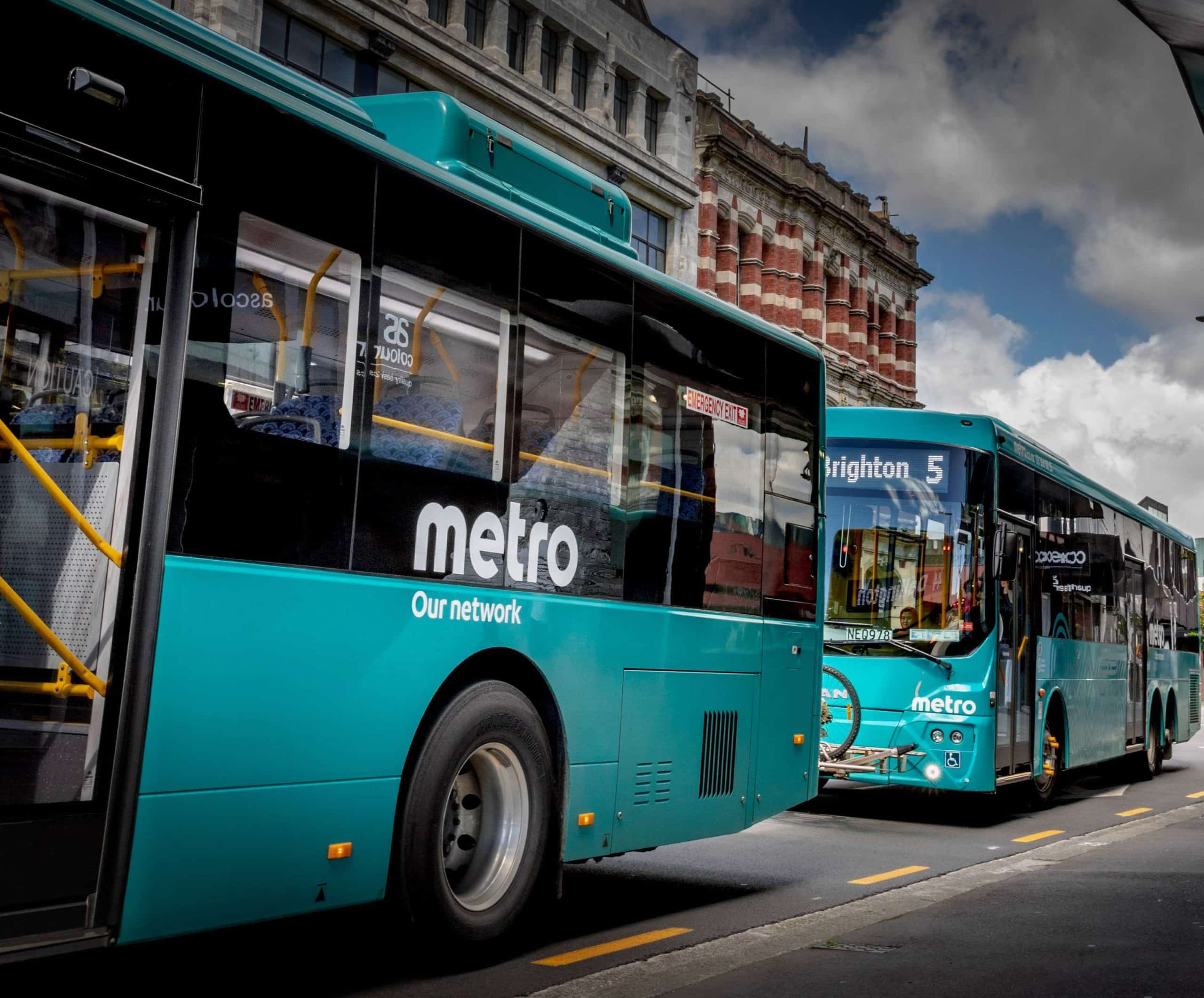
Article Highlights
When the Utah Transit Authority finalizes the contract for its planned account-based ticketing system by the end of this year, among the provisions will be making all validators for its buses and rail ready to accept open-loop payments. The agencies are prioritizing their closed-loop cards, among other reasons for putting off activating open loop.
U.S. transit agencies pay among the highest high bank card fees among agencies accepting open-loop payments globally, especially compared with European agencies. The card fees in the U.S.–including interchange–sometime amount to 8% or 9% or more of open-loop fare revenue if the agencies don’t aggregate transactions.
• UTA (Utah)
• MTC (San Francisco)
• WMATA (Washington, D.C.)
• Metro (Los Angeles)
• Cubic
• INIT
When the Utah Transit Authority finalizes the contract for its planned account-based ticketing system by the end of this year, among the provisions will be making all validators for its buses and rail ready to accept open-loop payments.


















